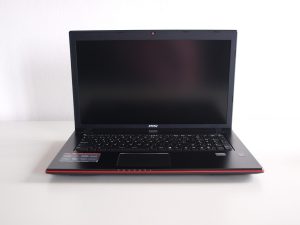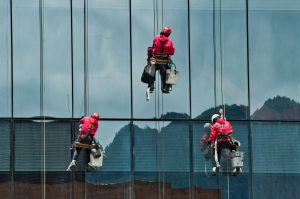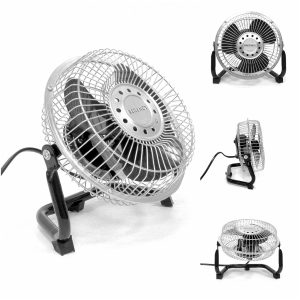Pop-Up Offices: The Rise of Flexible Workspaces
In recent years, we have witnessed a significant change in the way people work. With the rise of technology and an ever-evolving job market, traditional offices and workspaces are becoming a thing of the past. Enter the era of pop-up offices and flexible workspaces – a trend that has been gaining traction around the world. In this article, we will delve into the phenomenon of pop-up offices and explore how they are revolutionizing the workplace.
The Emergence of Pop-Up Offices
Pop-up offices, also known as temporary or flexible workspaces, are fully-equipped, short-term office spaces that can be rented by individuals or companies for a specific period of time. These spaces are often located in commercial buildings or shared workspaces, providing all the necessary amenities for a productive work environment, such as desks, chairs, Wi-Fi, and conference rooms. With the rise of the gig economy, freelance workers, entrepreneurs, and even established companies are turning to pop-up offices as a flexible and cost-effective solution for their workspace needs.
The Benefits of Pop-Up Offices
There are numerous benefits to using pop-up offices for your workspace needs. Firstly, they offer a more affordable alternative to traditional office spaces. Businesses can save on expensive long-term leases and instead opt for a flexible rental arrangement. This is especially beneficial for startups and small businesses with limited budgets.
Secondly, pop-up offices offer a flexible working environment. With short-term rental periods, businesses can easily adapt to their changing needs and scale up or down as necessary. This is particularly useful for companies that experience fluctuating workloads or need to move to different locations for a short period of time.
Moreover, pop-up offices offer a variety of amenities and services that make them attractive to workers. These amenities range from high-speed internet to free coffee, creating a coworking environment that fosters collaboration and productivity. Additionally, many pop-up offices are situated in central locations, providing workers with easy access to transportation and other facilities.
The Rise of Remote Working
In recent years, there has been a surge in the number of people working remotely. With advancements in technology, workers have the freedom to work from anywhere in the world, making traditional office spaces redundant. Remote work has also become a popular option for many companies, allowing them to cut down on costs and offer their employees a better work-life balance.
Pop-up offices have played a significant role in enabling remote work. These flexible workspaces provide a professional environment for remote workers to carry out their tasks, reducing the need for a traditional office space. This is particularly beneficial for companies with a global workforce, as pop-up offices can serve as a temporary base for their employees to work from when traveling or on business trips.
The Future of Pop-Up Offices
It is clear that pop-up offices are here to stay. With the growing trend of remote work and the need for flexible workspaces, these offices are becoming a popular choice for businesses and individuals alike. In the future, we can expect to see more innovative and creative pop-up office concepts, catering to different needs and industries.
Moreover, the rise of pop-up offices has opened up opportunities for small businesses and startups. These workspaces provide a level playing field, allowing businesses to focus on their growth without the added burden of high office expenses. This, in turn, can spur economic growth and foster a more diverse and dynamic business landscape.
Conclusion
The rise of pop-up offices and flexible workspaces is a testament to the changing nature of work. These temporary workspaces offer businesses and individuals a more cost-effective and flexible alternative to traditional office spaces. As the gig economy continues to grow and remote work becomes the norm, pop-up offices will play an integral role in shaping the future of work.










